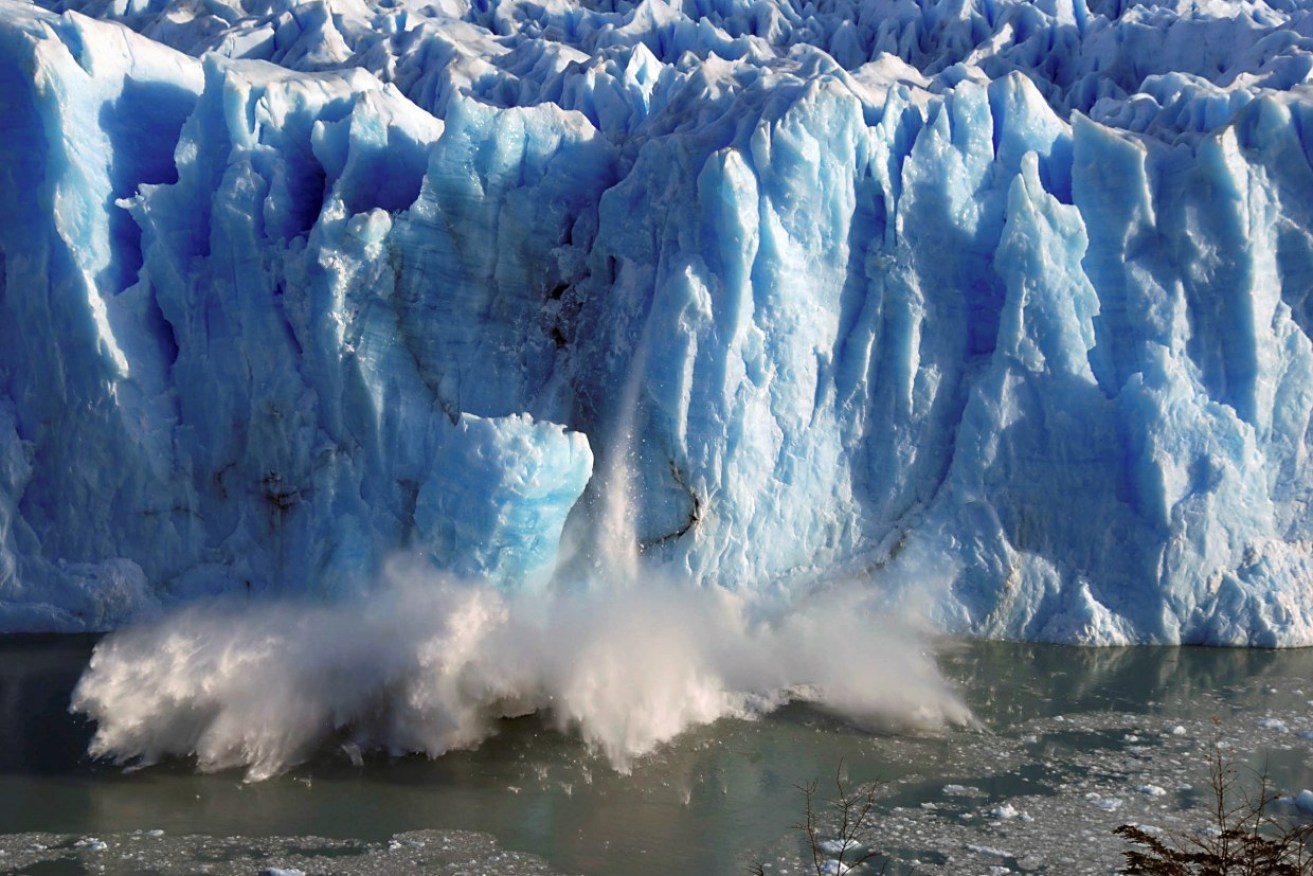Chill out: Glaciers less icy than thought, reducing sea level risks
Advances in satellite technology have revealed that the world’s glaciers contain significantly less ice than previously thought, a study published in Nature Geoscience suggests.

New research suggests the world's glaciers contain less ice than previously thought. (file image).
The revised estimate reduces global sea level rise by 7.6cm if all glaciers were to melt.
But it raises concern for some communities that rely on seasonal melt from glaciers to feed rivers and irrigate crops.
If glaciers contain less ice, water will run out sooner than expected.
While some ice naturally melts throughout the year, rising temperatures due to climate change are speeding up glacier retreat.
Between 2000 and 2019, these rivers of ice lost roughly 5.4 trillion tonnes.
Countries are already struggling with disappearing glaciers.
Peru is investing in desalination to make up for declining freshwater.
And Chile hopes to create artificial glaciers in its mountains.
But, “we’ve had quite a poor understanding of how much ice is actually stored in glaciers,” said lead study author Romain Millan, a glaciologist at Université Grenoble Alpes.
Past analyses, for example, double-counted glaciers along the peripheries of the Greenland and Antarctic ice sheets, overestimating ice volume.
The Nature Geoscience study assessed how quickly glaciers were moving across the landscape, or their velocity.
Such measurements allow scientists to more accurately measure volume as the way glaciers flow indicates where ice is thick or thin.
But collecting this information has been limited by technology.
High-resolution satellites deployed in recent years, however, allowed for the first analysis of how 98 per cent of the world’s glaciers are moving, “from small glaciers in the Andes up to massive glaciers in Svalbard and Patagonia,” Millan said.
The work analysed more than 800,000 pairs of images of glaciers taken between 2017 and 2018 – and concluded that many were shallower than previously assessed.
Scientists now estimate there is 20 per cent less glacial ice present with the potential to melt into the ocean and raise sea levels.
Currently, glaciers are responsible for 1mm of annual sea level rise, or 30 per cent of the yearly increase.
“This is one of the first really impressive results coming out” from satellite advances, said Daniel Farinotti, a glaciologist at ETH Zurich not involved in the research.
Millan and his colleagues also found that Asia’s Himalayas contain 37 per cent more ice than previously estimated while South America’s Andean glaciers contain roughly 27 per cent less ice.
Already, Peru’s glaciers have lost 40 per cent of their surface area since the 1970s.
“This will put more pressure on freshwater in the Andes,” he said.
“On the contrary, water will be more secure in the Himalayas.”












